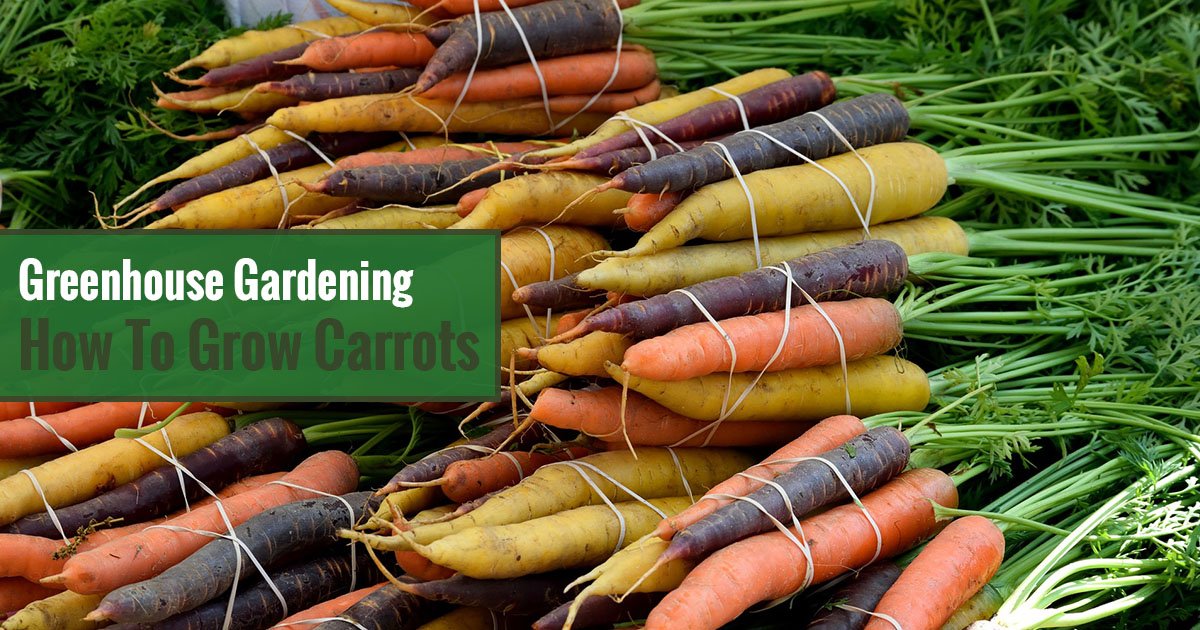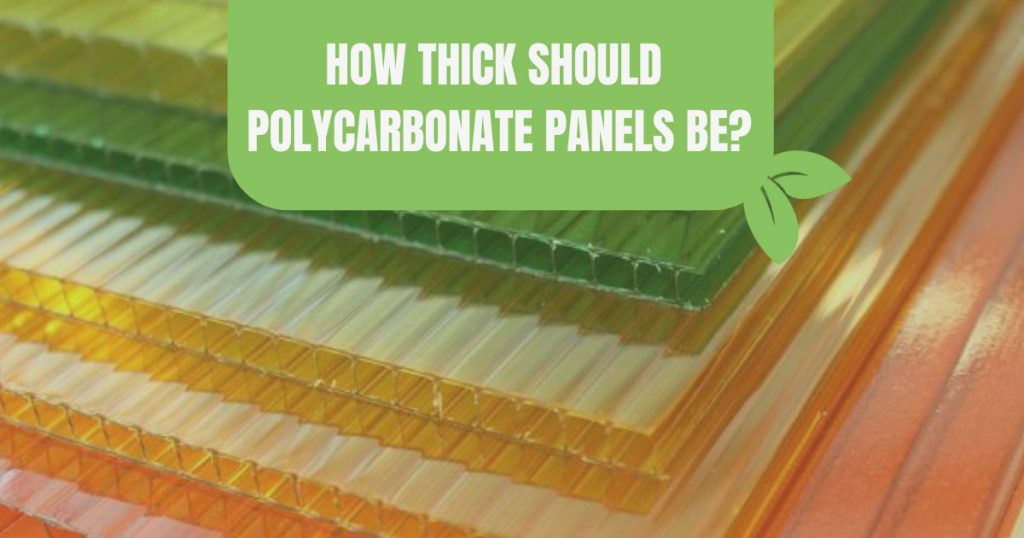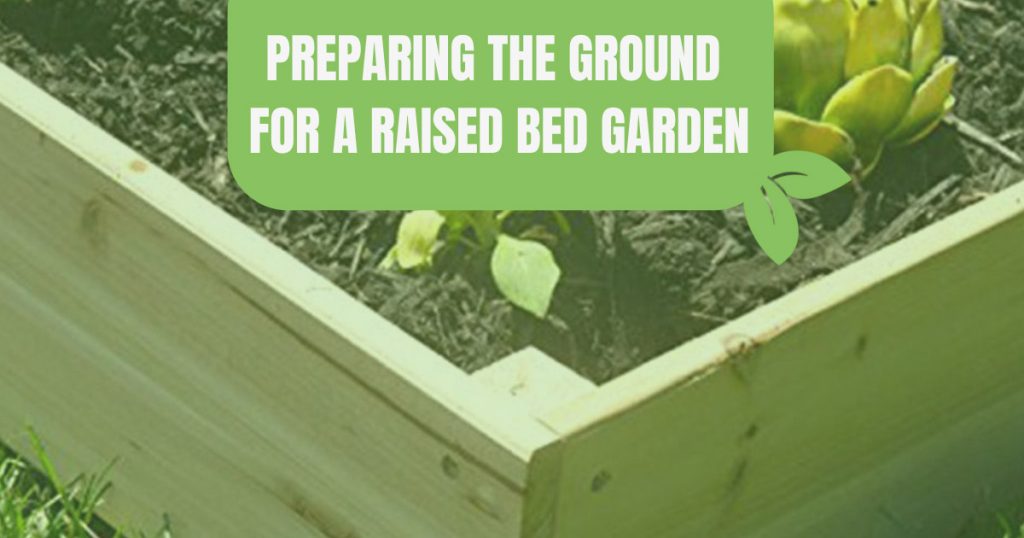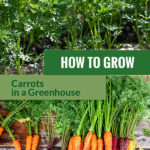

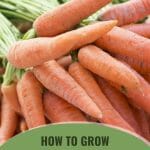


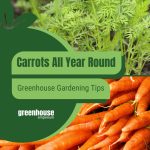

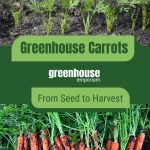

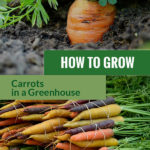
Carrots are a favorite root vegetable because it is so nutritious. It is also so easy to grow carrots in a greenhouse. It is a biennial and cool-season crop that can even tolerate frost. Most types are immune to diseases, too. Just water at least an inch every week and weed seriously and you’re good to go.
Quick overview of growing carrots in a greenhouse
- Type: Cool-season crop
- Time from seed to harvest: 60-80 days
- Germination temp: 40°F
- Time until first emergence: 7-21 days
- Best temp to grow: 55-65°F
- Height: 6 in
- Spread: 1-3 ft
- Light: Full sun (6-8h)
- Grow from seed: 1/2 in deep, 1/2 in apart; rows 12-24 in apart; thin to 1-4 in spacings
- Companions: Radish, peas, rosemary, lettuce, onions
- Keep away from: Dill, parsnips, potatoes
Interesting facts about carrots
- The longest ever recorded carrot had a length of 20.5 feet and the heaviest carrot weighed 22.44 pounds.
- Carrots can have different colors: Yellow, white, orange, red, or purple.
- Carrots can bloom.
- Carrots are oooold. About 5000 years ago was the first documented carrot. Back then they were used for medicine, not food.
- The first canned food contained carrots.
- Baby carrots are not a variety of this plant. They are either immature carrots or normal carrots cut into small pieces and shaped to perfection.
- They consist of 88% water.
- You can leave carrots in the ground all winter.
- Raw carrots are not as nutritious as cooked ones. Research shows that they release more nutrients when they are cooked, but don’t over-cook them.
- They love a little bit of fat (like oil). Fat helps the body to consume the carotenoids. Some of them are converted to Vitamin A.
- If you eat too many carrots you can get yellowish skin, also called “cartonemia.”
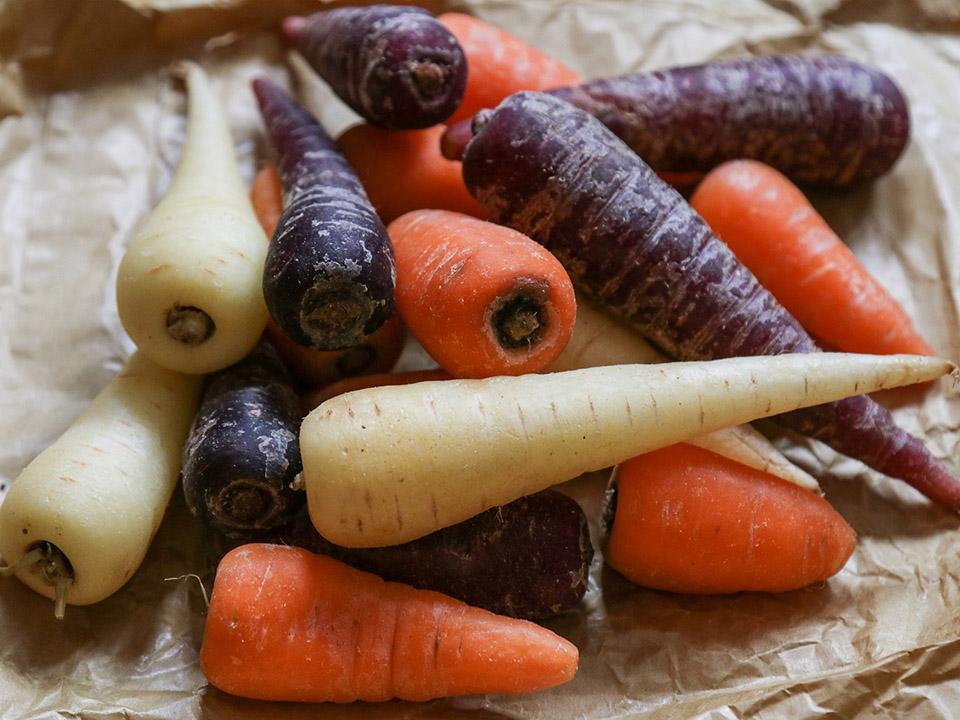
Carrot varieties
There are about 20 species. Here are some of the best carrot varieties:
- Nantes types are six to seven inches long, circular and not narrowed, and totally edible. They are medium-sized, sugary and mild, and have a crunchy texture.
- Danvers is a classic heirloom carrot about six to eight inches long that narrows at the end, with a rich, dark orange appearance. This type can manage heavy soil better than other classes.
- Little Finger is a little Nantes variety of carrot with only four inches long and an inch thick. This one is great for container planting.
- The Bolero type can resist most leaf diseases. This bright orange carrot is so sweet and crunchy. It is roughly 5in long.
- Thumberlina is a round one that is suitable for clay soil. This dark orange gourmet carrot is only 1 to 1 1/2 inches in diameter.
The nutrition you get from carrots
- One carrot can give you more than a day’s amount of Vitamin A.
- It is a good source of fiber.
- They are rich in sugar.
- It’s an excellent source of carotenoids, carotene, which gets converted to Vitamin A in the body. It is great for the eyesight, to prevent cardiovascular diseases, etc.
- The deeper orange the carrot is the more carotene you get.
- They are low in calories.
- It contains bioactive phytonutrients for anti-tumor activity.
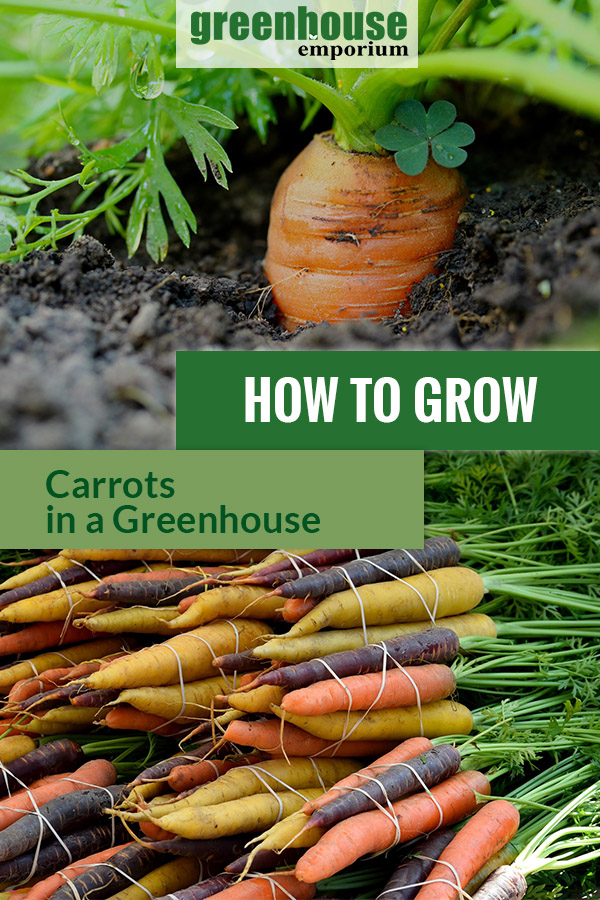
Things you should know before planting
Getting the right seeds and preparing the soil are two important things you should do before start growing your own carrots in your greenhouse.
Carrot seeds
Have you ever wondered where carrots come from? If you leave them in the soil, the heads will flower and bear seeds in the second year. You can also choose from heirloom and hybrid seeds. They are true to type which means you can preserve them from a particular plant. Hybrid seeds are produced by artificially crossing two or more types of a particular plant. They are the ones being sold typically in your neighborhood garden shop.
Carrot soil
Break up those lumps and create an aerated soil structure. Remove big stones as you move onward. Heavy and compact soil will make it hard for the seedlings to develop strong and deep roots.
Carrot fertilizer
Do not put manure on your soil. There are too many nutrients in it. It will prompt carrots to fork and send out short side roots. A little amount of general fertilizer applied one week before sowing is sufficient.
When is the right timing to sow them
Carrots do well in colder temperatures. At daytime, it should be around 75°F and at nighttime, around 55°F. Therefore, it is a great plant that you can grow in your greenhouse in spring, fall, and winter. You may not plan to grow them in summer because it could be difficult to keep the temperatures down, depending on your location.

A simple step-by-step guide on how to grow carrots in a greenhouse
Planting and growing carrots aren’t much different from other veggies but here is a step-by-guide for you:
1. Let’s start at sowing!
Rake the soil until it becomes crumbly fine before scattering the seeds. The seeds must be sown thinly, which can be tricky because they are very tiny. Cover up and firm the rows smoothly. The carrot spacing should be six inches apart. You can either plant them into a larger planter, raised bed, or into the ground inside or outside the greenhouse. This Potato Pot can also work great for your carrots!
If you would like to sow them into a raised bed inside your greenhouse, we recommend the Delta Park Raised Bed Modules because you can fit them on either side of your greenhouse and they will give your carrot enough depth to grow their roots.
2. Thinning carrot seedlings
Carrots will germinate after two to three weeks. Eliminate the weaker seedlings. Be sure not to bruise or wound the leaves and stems. The discarded plants must be burnt or buried right after removal. Leaving two to three inches between the remaining seedlings is excellent for healthy growth.
3. Watering needs
Your carrot plant must maintain moist but not soggy soil. Do not let it dry out after sowing because the seeds will die. Water at least one inch every week.
4. Watching out for carrot pests
A carrot fly is a common pest to carrots. It is attracted to carrots by the scent of wounded leaves. Thinning and harvesting at night is ideal to reduce the number of carrot flies. Firming and watering also reduce their number. Consistent watering and hoeing down within the rows will make your carrots pest-free and strong.
You may use a fine mesh to wrap the seedlings and the soil close to them. The carrot fly is about less than half an inch long, and this fine cloth will reduce the risk of it being capable of laying eggs in the soil around your crop.
Fly larvae hatch beneath the soil surface and feed on your carrots, ending in a worn or low-quality product. Grass and leaf mulch can also discourage the flies as it makes laying their eggs into the soil harder.

5. Harvesting
The soil should be left moist all the time before harvesting. You may be wondering how long do carrots need to grow because you can’t see them. You will notice that the leaves start to wither. Around seven to ten weeks after sowing, you can already harvest your own carrots. Flatten and water the soil just after harvesting.
See how easy it is to grow a carrot in your greenhouse? Savor now the highest health benefits from carrots. You can store raw carrots for up to 21 days at room temperature, or approximately two months at 39ºF. You can eat them fresh or cooked.

